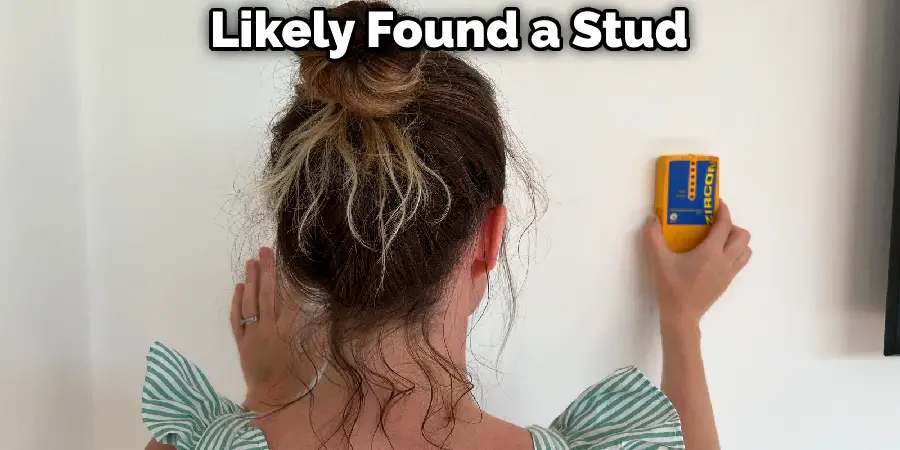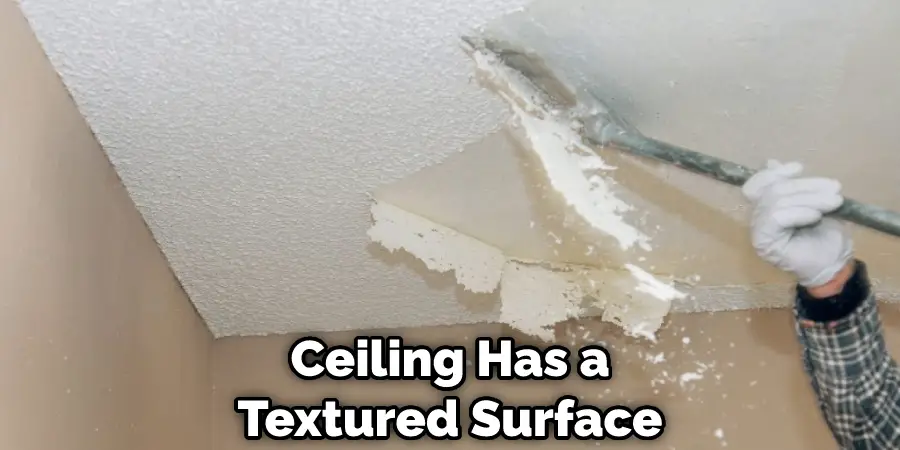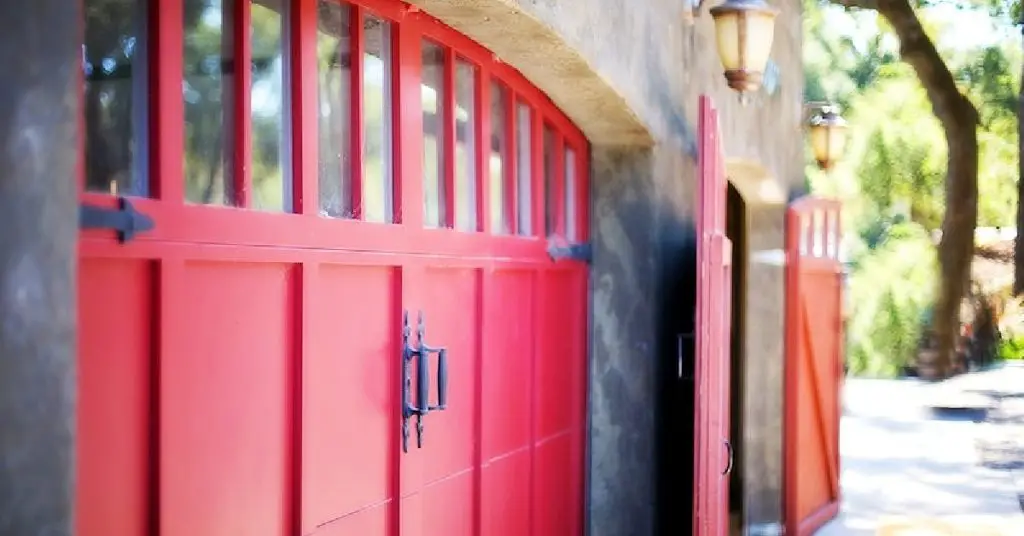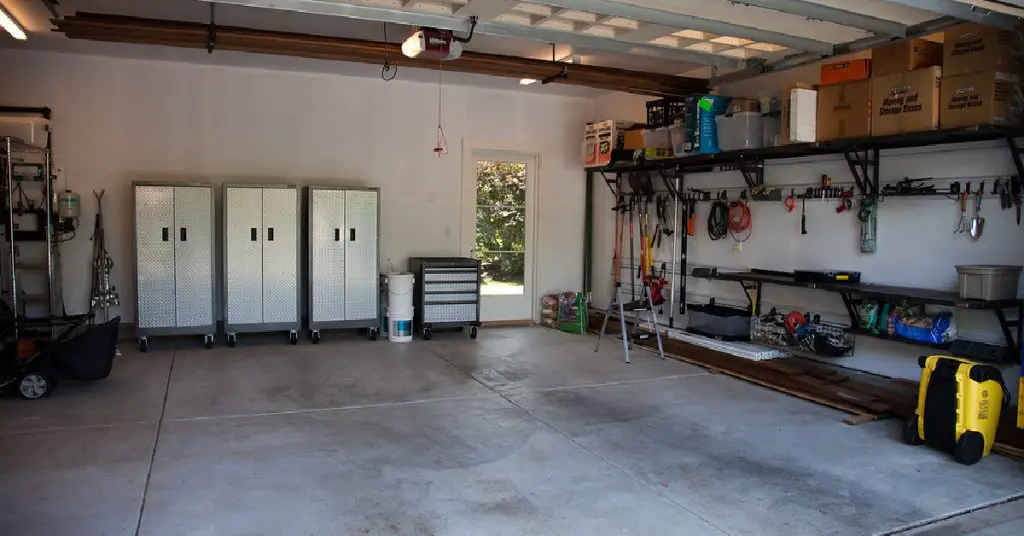If you’re planning to hang anything from your garage ceiling, from a storage system to an overhead garage door opener, it’s essential to locate the studs first to ensure that the installation is secure and safe. However, finding studs in a garage ceiling can be a challenging task, especially if the ceiling is covered with drywall or sheetrock. Luckily, there are several methods you can use to locate the studs, ranging from traditional techniques like the tap test and visual inspection to modern tools like stud finders and magnet methods.

In this article, we’ll explore some of the most effective methods for finding studs in a garage ceiling, outlining their advantages and disadvantages, so you can choose the method that works best for you. With the right approach, you can locate the studs in your garage ceiling with confidence and complete your installation project successfully.
7 Easy Methods for How to Find Studs in a Garage Ceiling
Method 1: Visual Inspection
Visual Inspection refers to the process of locating seams and identifying studs in a garage ceiling. It is a simple and effective method that requires no additional tools or equipment. During visual inspection, you will look for the drywall seams that cover the ceiling, as these are usually positioned over the studs. If the garage is unfinished or has a drop ceiling, you may see the joists or beams that support the ceiling.
Once you locate the seams, you can mark them using a pencil, chalk, or masking tape to remember their position. This method is quick and easy, but it may not be as accurate as other methods, especially if the ceiling is covered by a thick layer of insulation or has a textured finish.
Method 2: Tap Test
Tap Test is a low-tech method of finding studs in a garage ceiling. This method involves tapping the surface of the roof to locate the studs behind it. You can use a mallet, a hammer, or your fingers to tap along the ceiling surface. As you tap, listen for changes in the sound. When you hear a solid sound, you have likely found a stud. The sound will be more hollow if you tap in the spaces between the studs. To increase your accuracy, tap along a straight line instead of tapping randomly.
This will help you to detect any patterns or inconsistencies in the ceiling that may indicate the presence of a stud. The tap test is a useful method that requires no special tools, but it may not be suitable for people with hearing impairments or in noisy environments.

Method 3: Stud Finder
A stud finder is a specialized tool that uses sensors to locate studs in a garage ceiling. There are different types of stud finders, including magnetic, electric, and acoustic stud finders. Magnetic stud finders use strong magnets to locate nails or screws in the studs, while electric stud finders detect changes in the electrical conductivity of the wall as it passes over a stud. Acoustic stud finders use sound waves to detect the density of the material and locate the studs.
To use a stud finder, place the device flat against the ceiling and move it in a straight line until it detects a stud. The device will beep, light up, or vibrate to signal the stud’s location. Some stud finders can also detect pipes, electrical wiring, and other hazards behind the wall. Stud finders are convenient and accurate but may be costly and require batteries or other power sources. They are ideal for people who want a fast and reliable method for finding studs in a garage ceiling.
Method 4: Magnet
The magnet method is a simple and effective way of finding studs in a garage ceiling. This method involves using a strong magnet to locate the nails or screws that hold the drywall or sheetrock to the studs. The process begins by placing a strong magnet, such as a neodymium magnet, against the surface of the ceiling and moving it around until it attracts a metal object. When the magnet attaches to a nail or screw, it indicates that you have found a stud. To verify this, run your hand along the ceiling to feel the line of the stud.
You likely found a stud if you feel a solid and sturdy surface. The magnet method is a low-cost and convenient way of finding studs that require no additional tools. However, it may not be as accurate as other methods and may only work if the nails or screws in the studs are made of metal.

Method 5: Wire Hanger
The wire hanger method is a simple and DIY approach for finding studs in a garage ceiling. It involves bending a wire hanger into a long, straight line and using it to feel the edge of the studs. To start, unbend a wire hanger and straighten it as much as possible. Then, make a small hook at one end to create a handle for easy use. Insert the straight end of the hanger into a small hole or opening in the ceiling, such as a hole for a light fixture or speaker.
Move the hanger slowly and carefully, feeling for the edge of the stud as it hits the resistance of the wood. When you feel the resistance on both sides of the wire hanger, you have likely found the edge of the stud. Repeat this process to find the other edge of the stud, and then mark the center of the stud with a pencil or marker.
The wire hanger method is a cheap and accessible option for finding studs, but it may require some practice and patience to use effectively. Additionally, it may damage the ceiling if not used with care.
Method 6: Mirror
The mirror method is a simple and effective way of finding studs in a garage ceiling, especially if there is no exposed drywall or sheetrock. This method involves using a small mirror to look up at the ceiling and identify the location of the studs.
To use this method, you will need a small, handheld mirror and a light source, such as a flashlight or headlamp. Hold the mirror at an angle and shine the light towards the ceiling, moving it slowly around the surface. Look through the mirror and search for any visible outlines of the studs, such as the seams between the drywall or sheetrock sheets. When you locate a stud, mark its position with a pencil or marker. Repeat this process until you have found all the studs in the ceiling.
A mirror method is a helpful option for finding studs, especially when the other methods are not working or are unavailable. However, it may require a lot of patience and may not be effective if the ceiling has a textured surface that makes it hard to see the outlines of the studs.

Method 7: Use A Metal Detector
If you have a metal detector, you can use it to identify the location of studs in a garage ceiling. Metal detectors are capable of picking up metal objects, such as nails, hidden behind drywall or sheetrock. You can use the metal detector to locate the nails, which should tell you the location of the studs.
Make sure to move the metal detector slowly across the ceiling, and keep an ear out for any beeps or tones that indicate the metal is present. Once you hear the noise, mark the spot with a pencil or marker. Keep repeating this process until you have located all of the studs in the ceiling.
Metal detectors are a great option for finding studs in a garage ceiling, as they are fast and easy to use. However, depending on the type of metal detector you have, you may not be able to pick up on nails that are too small or too shallow in the ceiling.
FAQs About How to Find Studs in a Garage Ceiling
What is the Easiest Way to Find a Stud in the Ceiling?
The easiest way to find a stud in the ceiling is by using a stud finder. It eliminates the need for guesswork, and there are many high-quality models available in the market. However, knocking on the ceiling and marking the 16 inches increments is another popular and straightforward method to find studs in the ceiling.
Will Stud Finder Work on Ceiling?
In our research, we found that the stud finder can work on a plain or textured ceiling, but its accuracy may be compromised on a textured ceiling. However, it can still be used despite the low success rate. Therefore, the answer is yes, a stud finder can work on a ceiling, but it may not be as reliable as on other surfaces.
Conclusion
Finding studs in a garage ceiling can be challenging, especially if the ceiling is covered with drywall or sheetrock. However, there are several methods you can use to locate the studs, ranging from the traditional tap test and visual inspection to modern stud finders and magnet methods.
Each method has its advantages and disadvantages, so it is best to try several methods to find the one that works best for your situation. Remember to take your time and be patient when searching for studs, as it can be a time-consuming process. With the right tools and techniques, you can locate the studs in your garage ceiling and ensure a secure installation of anything you need to hang from the ceiling, such as a storage system or overhead garage door opener.


